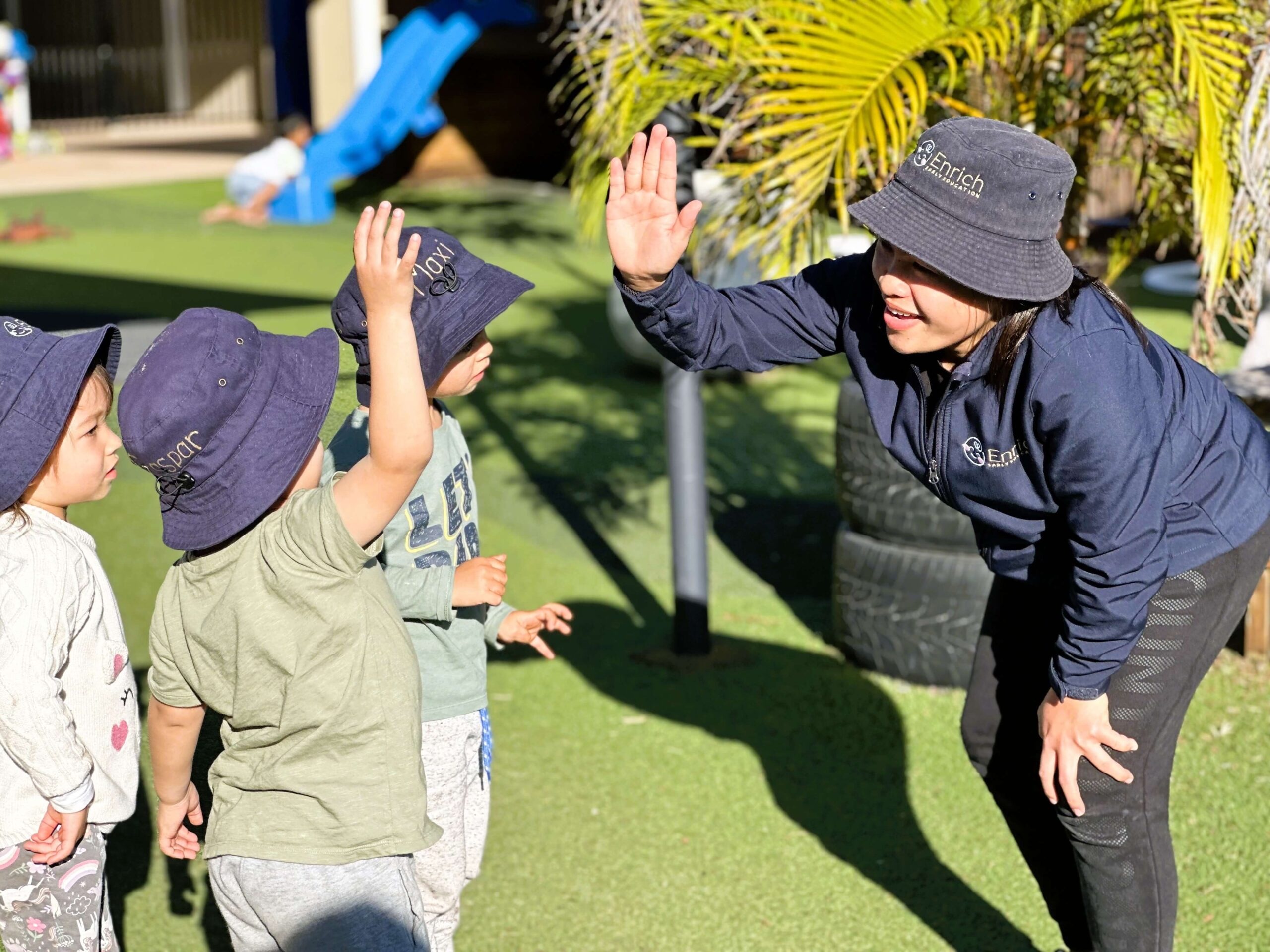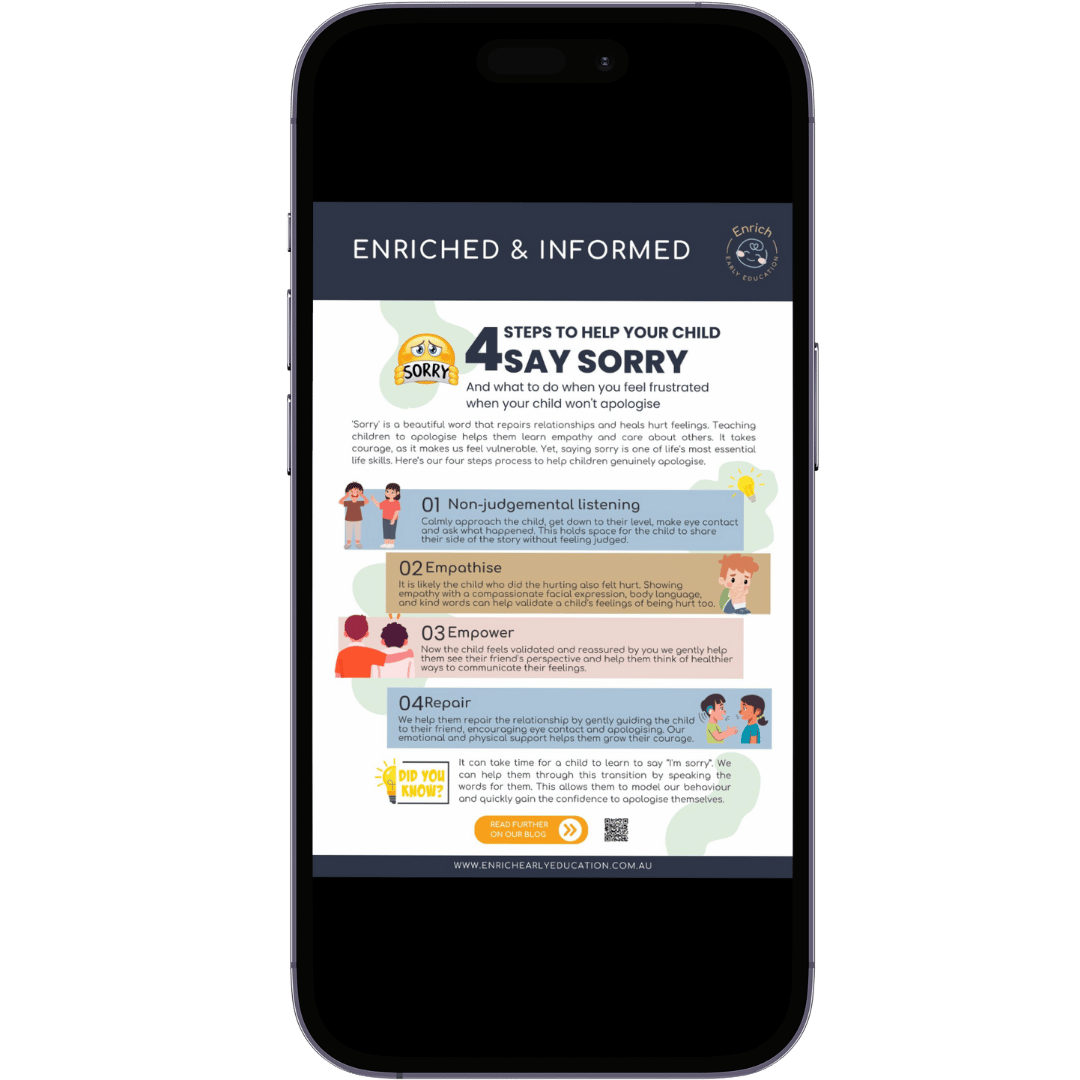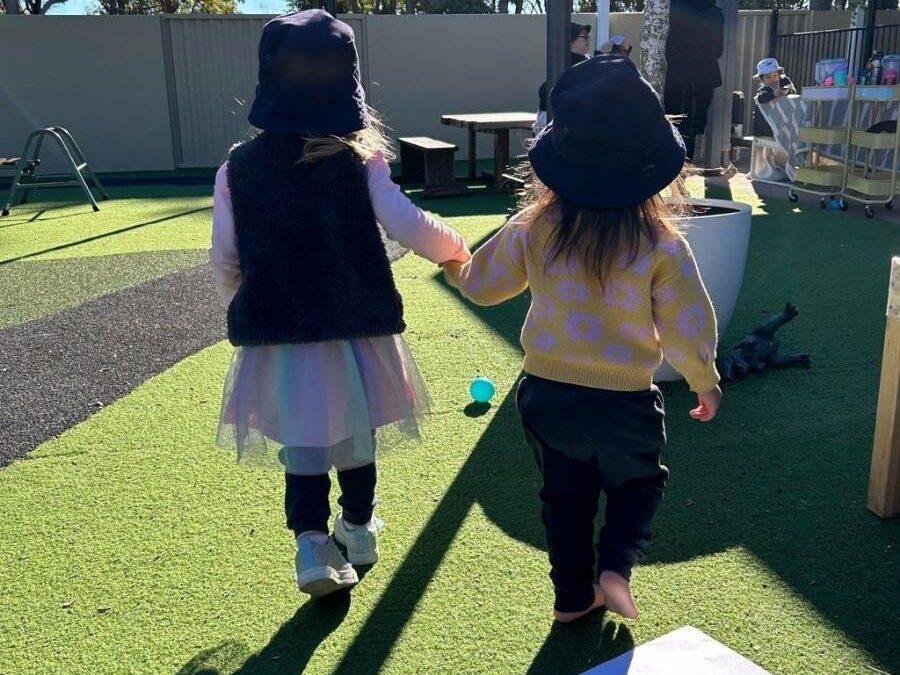How do you help a child say sorry?
And what to do when you feel frustrated when your child won’t apologise

‘Sorry’ is a beautiful word that repairs relationships and heals hurt feelings. When we teach children to say sorry, we teach them to empathise and care about others. It takes courage to say sorry because it makes us feel vulnerable. While being able to genuinely say sorry is one of life’s most essential skills, many children (and adults alike) find saying sorry very hard.
Empowering the children to navigate conflicts
When teaching children how to say ‘sorry’ you want to use a mindful, empathetic approach. It empowers the children with tools to navigate conflicts, understand their emotions, and build healthy relationships. This journey requires patience, but the rewards of seeing children grow into compassionate and empowered individuals are invaluable.
Understanding the challenge
So, how do we teach children to say sorry? Let’s imagine you are in the playground, and you look up to see a child shouting and calling another child horrible names. Our instinct is to jump up and run over to that child and say something short and sharp to stop them in their tracks. However, this then can make the child feel ashamed or resentful.
Slowing down and take a regulated approach
Though it may be difficult, we as parents and educators must slow down, take a deep breath and take a regulated approach to the situation to gather information and avoid jumping to conclusions. You could use our approach to teaching children to say sorry. These are the steps we follow:
Steps to teaching apologising
1. Non-judgemental listening
We calmly approach the child, get down to their level, look them in the eyes, and ask them what happened. We hold space for the child to allow them to feel safe sharing their side of the story while we listen without judgment. This is where we tend to hear something like, “He knocked my blocks over!”
2. Empathise
This sometimes may not seem natural, especially when we have just seen the child hurt their friend. However, we must understand that the child who did the hurting also felt hurt. So, we empathise with a compassionate facial expression, body language, and kind words. We might say, “Oh, that would not have felt good to have your blocks knocked over! You worked hard at building that tower”. When we empathise, we show the child we see their pain and understand their feelings. It also helps the child calm down and makes them feel like we are their friend and can trust us. And when this happens, they are much more willing to listen to us and be guided through the following steps.
3. Empower
Now the child feels validated and reassured by their educator, we can gently help them see their friend’s perspective and help them think about healthier ways to communicate their feelings. We can say something like, “I know it was hurtful to get your blocks knocked over, but now your friend also feels hurt because you called them an unkind name. What are some other words you could have used?” We help them brainstorm other ways to address the problem, e.g. “Could you have come and asked a teacher to help?”.
4. Repair
Now that we have defused the situation and empowered the child with pro-social ways to deal with that situation in the future, we take the final step of repair. We could say something like, “Shall we go and talk to your friend, and you can both help each other feel better?”. If there is reluctance, we can say, “How about we go together. I will hold your hand”. We become their source of courage by providing emotional and physical support to the child. We gently guide the child to their friend, encourage them to look each other in the eyes and say sorry (often both children will need to apologise to each other!).
Good to know: It can take time for a child to learn to say “I’m sorry”. We can help them through this transition by speaking the words for them. This allows them to model our behaviour and quickly gain the confidence to apologise themselves. We can for example say, “Johnny feels sorry for calling you a name. He was feeling hurt that you knocked his blocks over.” This often helps convey the message and starts the healing process.
The long-term benefits of saying sorry
We find that over time, children who were at first completely unwilling to apologise become great relationship repairers! They learn that it’s safe to do so because we listened, empathised, empowered and supported them. This process requires patience and kindness, but the results are so worth it! There’s nothing better than seeing a child smile after repairing a relationship with a friend. Courageous and empowered. 😊

Download the '4 steps to helping your child say sorry' sheet
Below, you can download and print a one-page overview of the 4-steps to help your child say “I’m sorry”.

Recent Comments